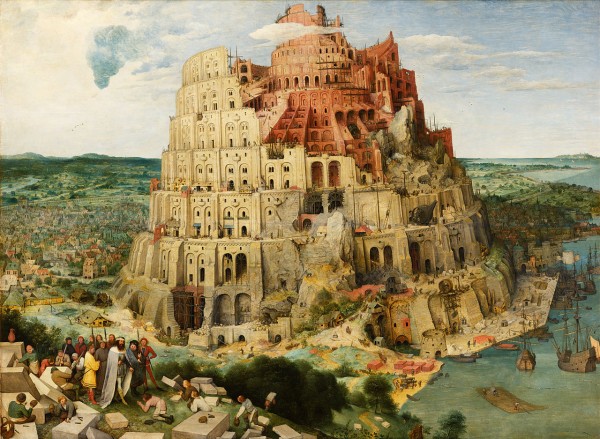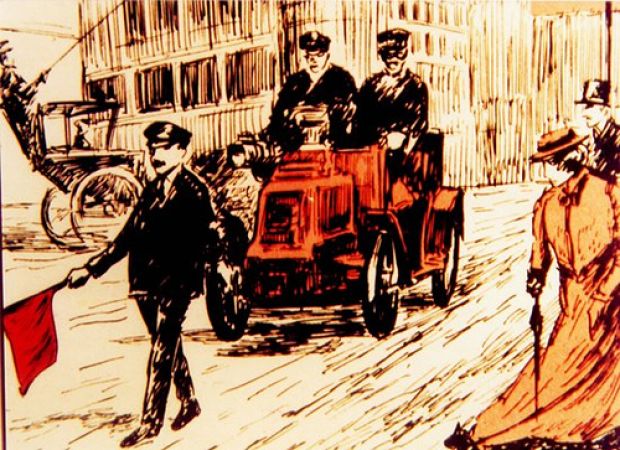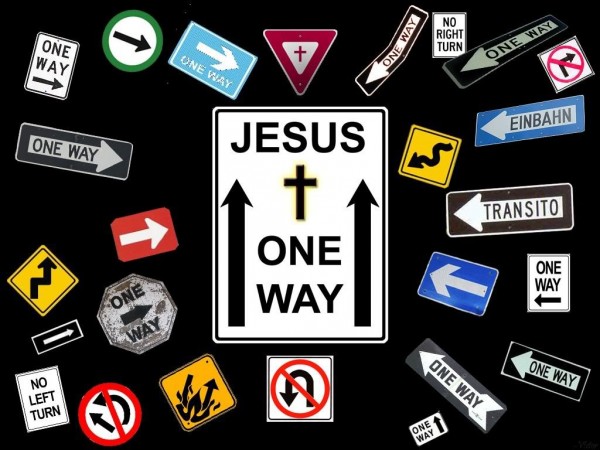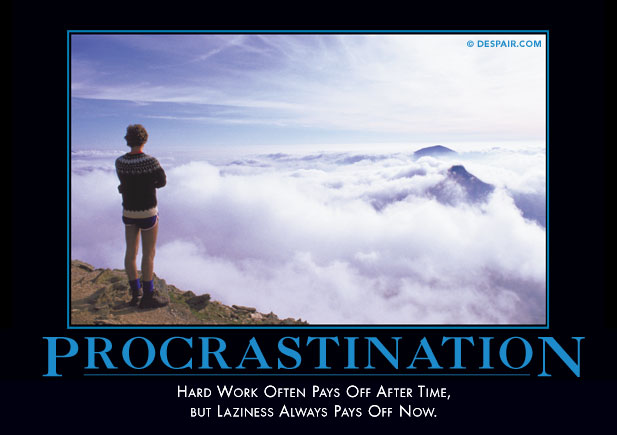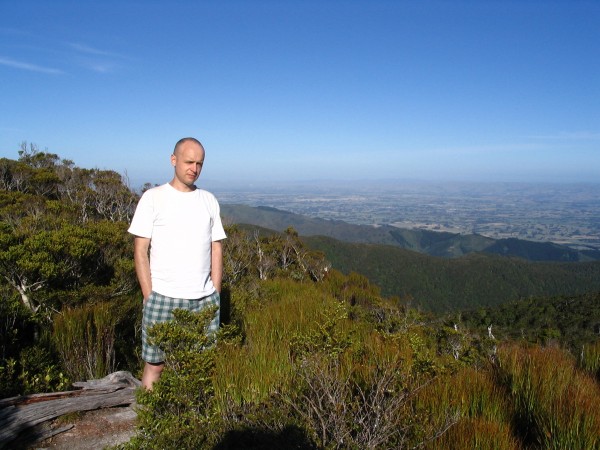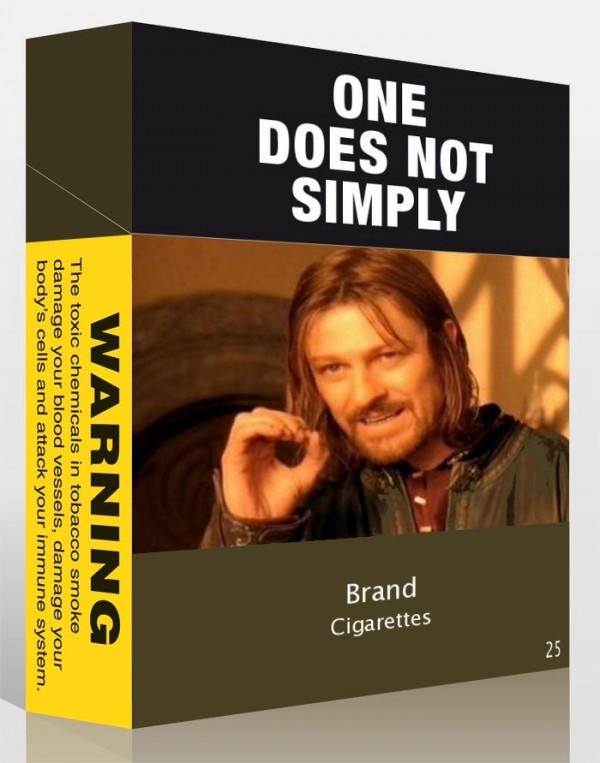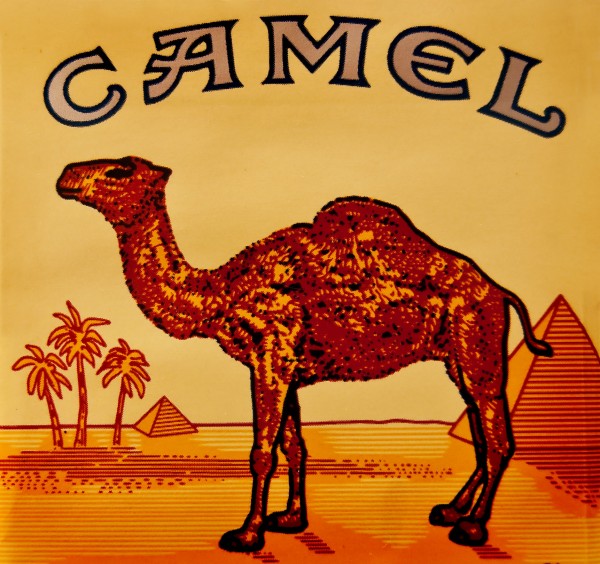
What is rationality? (Part 2)
What is rationality? The truth is, it’s something that most of us don’t actually have.
But we sure like to kid ourselves.
Here’s a quote I saw on Facebook from someone called Deidra Mae Ryan.
I’ve been thinking a lot lately that a lot of homosexuals and their supporters consistently state that God made them this way and that it isn’t a biblical or church issue its a human rights issue.
I keep coming back to the fact that if God had intended homosexuality to be natural then he would’ve made it possible for us to procreate without the need of the opposite sex AND then why did God only create 1 woman and 1 man in the beginning. Then there is the fact that God destroyed 2 major cities in part due to homosexuality, Sodom and Gomorrah. If God had intended for homosexuality to be part of our natural being then why destroy those cities?
Personally I believe people get so steeped in their sin that they have blinders on and refuse to see the truth. I see it over and over, not just with sexual sins. They don’t want to see and admit that they are wrong. What’s more, is that it’s our human nature to justify all our wrong choices, even if that means we make up our own truth…case in point – Homosexuals and their supporters coming up with every excuse in the book to justify the choice of homosexuality.
We all do it with our own individual sins.
Please note that this is not a judgement on homosexuals and homosexuality. I’m also not convinced that Ryan’s logic is sound. I post this for her conclusion, “I believe people get so steeped in their sin that they have blinders on and refuse to see the truth …” This is so very true.
And why beholdest thou the mote that is in thy brother’s eye, but considerest not the beam that is in thine own eye?
Or how wilt thou say to thy brother, Let me pull out the mote out of thine eye; and, behold, a beam is in thine own eye?
Thou hypocrite, first cast out the beam out of thine own eye; and then shalt thou see clearly to cast out the mote out of thy brother’s eye. (KJV)
It’s also very true that people get so steeped in their own particular worldview and its presuppositions that they have blinders on and refuse to see the truth.
For a long time, I accepted the tenets of atheistic materialism. They seemed obviously true. And I rejected the tenets of Christianity. They seemed obviously false. And I had plenty of arguments with which to ably defend my worldview. But then I thought about what I was doing. Doing exactly that. Using rational argument to defend a worldview I already had. As opposed to putting all my presuppositions aside and taking all the arguments, both for and against theism, together and on their own merits, to see where they would lead (if, in fact, they lead anywhere).
[People] don’t want to see and admit that they are wrong. What’s more, is that it’s our human nature to justify all our wrong choices, even if that means we make up our own truth.
Man is not the rational animal. He’s the rationalising animal.
I acknowledge that I am generalising from my own intellectual habits to those of others, but I think that it’s legit to do so. I figure that other people have corrupt minds like mine.
I suggest that for the most part we all believe our own bullshit. Unashamedly.
I strive for intellectual honesty. I’ve recently reviewed many of the arguments for and against God’s existence, and tried to leave my ideological baggage at the door. I used to find the Design Argument unsatisfying inconclusive. Now I find it disconcertingly suggestive! I used to have serious doubts about God’s existence. Now I have serious doubts about his non-existence!
My Humean scepticism has stood me in good stead. I realise that man can truly know nothing based on reasoning from his limited sense data alone, unless he posits the existence of a guarantor, e.g., God. This was Descartes’ way out of radical scepticism. God’s existence is taken to be axiomatic. Yes, it’s a bootstrapping method of escape. But so are all the others, e.g., positing a uniform and self-sufficient Nature, which is one of the methodological axioms of science and a metaphysical axiom of scientism.
From the perspective of an atheistic materialistic worldview, the tenets of the atheistic materialistic worldview make sense. But from the perspective of a Christian worldview, the tenets of the Christian worldview make even more sense. But not, perhaps, until one has adopted that very perspective.
How’s that for a rationalisation of my religious conversion? 😉
http://www.youtube.com/watch?v=OcjKIHz49NQ
See also What is rationality (Part 1)
Disasters waiting to happen #2
Say what you mean, and mean what you say. It’s good advice!
But there’s a problem, one which I addressed in a footnote to the post linked to above. We use words to say what we mean and mean what we say. The problem is that any given word can have more than one meaning or “sense”.
Consider the following three quotations about rights.
From the founder of Utilitarianism, Jeremy Bentham.
That which has no existence cannot be destroyed — that which cannot be destroyed cannot require anything to preserve it from destruction. Natural rights is simple nonsense: natural and imprescriptible rights, rhetorical nonsense — nonsense upon stilts.
From blogger Mark Hubbard (channelling the inimitable Ayn Rand).
my thinking on children is they have no rights per se – don’t take that out of context – as they don’t have the experience or formed minds to exercise judgement.
From Thomas Jefferson, author of the American Declaration of Independence.
We hold these truths to be self-evident, that all men are created equal, that they are endowed by their Creator with certain unalienable Rights, that among these are Life, Liberty, and the Pursuit of Happiness.
The question is, are these three great thinkers actually (for the most part) disagreeing with each other? Or are they (for the most part) talking past each other? I think they’re talking past each other, because they’re not talking about the same thing.
There is a fix. We can talk about Benthamite rights, Randian rights and Jeffersonian rights, and avoid talking about rights sans qualification. But what a chore to have to do that!
Wouldn’t it be nice if words had univocal meanings? But they don’t. Ambiguity in language is a modern-day Tower of Babel.
I don’t know when ambiguity of meaning crept in to our language(s). But when it did, it was a disaster waiting to happen.
Disasters waiting to happen #1
The United Kingdom’s red flag law was one of the Locomotive Acts enacted in the second half of the 19th century, requiring drivers of self-propelled vehicles (i.e., early automobiles) to take certain safety precautions, including waving a red flag in front of the vehicle as a warning.
Firstly, at least three persons shall be employed to drive or conduct such locomotive, and if more than two waggons or carriages he attached thereto, an additional person shall be employed, who shall take charge of such waggons or carriages :
Secondly, one of such persons, while any locomotive is in motion, shall precede such locomotive on foot by not less than sixty yards, and shall carry a red flag constantly displayed, and shall warn the riders and drivers of horses of the approach of such locomotives, and shall signal the driver thereof when it shall be necessary to stop, and shall assist horses, and carriages drawn by horses, passing the same,
The legislators behind the Locomotive Acts well recognised two salient facts. Firstly, that by far the greatest hazard on our roads is other road users. Secondly, that the faster you go the bigger the mess.
The most draconic restrictions and speed limits were imposed by the 1865 act (the “Red Flag Act”) which required all road locomotives, which included automobiles, to travel at a maximum of 4 mph (6 km/h) in the country and 2 mph (3 km/h)in the city – as well as requiring a man carrying a red flag to walk in front of road vehicles hauling multiple wagons.
The 1896 Act removed some restrictions of the 1865 act and raised the speed to 14 mph (23 km/h).
Presumably, the requirement to carry a red flag was removed because of its general inconvenience and also because 23 km/h is a bit too fast to be chasing after someone carrying a red flag not less than sixty yards in front of your relentlessly pursuing vehicle.
Consider two vehicles approaching each other from opposite directions on the open road, each travelling at today’s speed limit of 100 km/h. The difference in relative velocity is 200 km/h. The only things preventing the vehicles colliding is a gap of 2 metres of air and asphalt. With, optionally, a painted line or lines to demarcate the two lanes. Oh, and the driving ability of both drivers. The chances are the the driving ability of at least one of the drivers is below average.
Now consider what a morally reckless and especially stupid idea it is to have vehicles on the same road travelling in opposite directions at high velocity. These days, only a psychopath with a road kill paraphilia would dream of proposing such an idea! But it’s what we’ve got. I guess it evolved that way, and now we’re left with the task of incrementally fixing our roads while continuing to scrape our friends and family members off them in the meantime.
Our roading system, originally built so that vehicles travelling in opposite directions can share the same road, is, was and always will be a disaster waiting to happen.
More nous, less nows
A friend gave me this excellent DEMOTIVATOR® from Despair.com several Christmases ago. And, recently, I finally got a round tuit. I put the damn thing up on the wall of my home office!
The poster represents an ever timely life lesson.
Perhaps life’s greatest lesson is that life itself is a lesson. That was my ex-wife’s sort of New Age spiritual viewpoint, in a nutshell, anyway. She had a firm intuition that we are each thrown into this mortal sphere of existence for a reason or reasons—to learn our spiritual life lesson(s). Of course, being a committed atheist and moral nihilist at the time, I mocked the idea. It’s only now, a repentant worldview and a decade of divorce later, that I’m wondering if she was right, after all. (And kicking myself for not asking the obvious question at the time. If life is a lesson, who sets the curriculum?)
Or, perhaps, life’s a Stanley Milgram experiment.
A test of your Moral character and conviction.
The decisions you make throughout your life are all being observed and recorded.
One day you will be asked to give account.
God as teacher and/or God as experimenter? I don’t think that Tim’s suggesting that life on Earth is, quite literally, an experiment. So I will! (A misbegotten experiment, perhaps? No, I’ll leave it to a detractor to suggest that. Also, I’ll leave it to the apologists for God’s supposed omniscience to explain this.)
How did you do? If life’s a classroom and every day’s a school day, did you study hard? Or did you just fritter and waste the hours in an offhand way? If life’s a Stanley Milgram experiment, did you go with the Word or go with the crowd?
One day you will be asked to give account. If life’s a lab running a Stanley Milgram experiment, you will be judged on how you used your God-given faculty of free will. Did you make the right decisions, and evince moral character and conviction? (The decisions you make throughout your life are all being observed and recorded.) Whereas, if life’s a classroom, you will be judged on how you used your God-given learning ability. Were you a willing, conscientious, hard-working student of life? Did you learn and practise the right things? (Everything you learn and practise goes down on your academic record.)
Classroom or lab? Are we God’s students, or are we his experimental test subjects? I suggest that life’s more lesson than lab, for the simple reason that we do not have a faculty of so-called free will, God-given or otherwise. The concept itself is a nonsense. What we do have is the God-given ability to learn and to change our behaviour. We also have the curriculum and the learning objectives. You’ll find it all in the prescribed text.
(Is Christianity complicated? Please don’t protest that God didn’t make it clear what are the right things to learn and practise. He did. The Bible contains massive redundancy. You know, like how the Ten Commandments are repeated in Deuteronomy, just in case you missed them in Exodus.)
Now, back to the DEMOTIVATOR® at the top.
(Did you see what Despair.com did there with the wee ®? They threatened to send their statist cronies around to your place to sort you out good and hard should you ever decide to go into business selling your own DEMOTIVATOR posters!)
The poster represents an ever timely life lesson. And the life lesson is, learn the power of delaying gratification. Rejoice and be glad!
the children who were best able to delay gratification subsequently did better in school and had fewer behavioral problems than the children who could only resist eating the cookie for a few minutes—and, further, ended up on average with SAT scores that were 210 points higher. As adults, the high-delay children completed college at higher rates than the other children and then went on to earn higher incomes. In contrast, the children who had the most trouble delaying gratification had higher rates of incarceration as adults and were more likely to struggle with drug and alcohol addiction.
How to learn delayed gratification?
Rather than resist the urge to eat the cookie, these children distracted themselves from the urge itself. They played with toys in the room, sang songs to themselves, and looked everywhere but at the cookie. In short, they did everything they could to put the cookie out of their minds.
So, learning to delay gratification is not at all the same thing as learning to resist temptation. The results even suggest that any direct attempt to resist the urge to eat the cookie is worse than futile, it’s counter-productive. And, note, we’re talking about a non-starving child and a cookie. We’re not talking about a methamphetamine addict and a bag of P. And we’re certainly not talking about being offered all that you could ever want in the whole world and having it right now.
Again, the devil took him to a very high mountain and showed him all the kingdoms of the world and their splendor. “All this I will give you,” he said, “if you will bow down and worship me.”
Jesus said to him, “Away from me, Satan! For it is written: ‘Worship the Lord your God, and serve him only.’” (NIV)
Nope. Staring down temptation and simply commanding it to go away is way too hardcore for mere images of God! We can but pray, “Lead us not into temptation” in the first place. Give us this day our daily distraction!
Finally, brothers and sisters, whatever is true, whatever is noble, whatever is right, whatever is pure, whatever is lovely, whatever is admirable—if anything is excellent or praiseworthy—think about such things. (NIV)
The poster represents an ever timely life lesson. Delay gratification, do some work, and get your shit sorted. (Thanks for the round tuit.)
No sex in Heaven
Then the Sadducees, who say there is no resurrection, came to him with a question. “Teacher,” they said, “Moses wrote for us that if a man’s brother dies and leaves a wife but no children, the man must marry the widow and raise up offspring for his brother. Now there were seven brothers. The first one married and died without leaving any children. The second one married the widow, but he also died, leaving no child. It was the same with the third. In fact, none of the seven left any children. Last of all, the woman died too. At the resurrection whose wife will she be, since the seven were married to her?”
Jesus replied, “Are you not in error because you do not know the Scriptures or the power of God? When the dead rise, they will neither marry nor be given in marriage; they will be like the angels in heaven.” (NIV)
What is Heaven? What is eternal life? Although the Bible tells us little, at least Heaven and eternal life rate a mention. (Not so with that other place, Hell, which isn’t mentioned once in literal translations of the Bible, such as Young’s Literal Translation.)
How do you think you’re going to spend the rest of eternity?
The Sanctity of Life
It’s not wrong to kill people if the killing is justified (this is a necessarily true statement).
Killing people in war is justified, killing people in self defense is justified… even killing people that deserve death is justified. Eye for eye, tooth for tooth, life for life principle is not obsolete.
When considering euthanasia a killing can be justified by mercy – the principle being do to others as you would have them do to you. In a situation where a person wants to die and a person kills them compassionately the killer has not wronged anyone.
Some appeal to the Sanctity of Life to oppose euthanasia but if the Sanctity of Life doctrine were true it would condemn the other justified killings mentioned above.
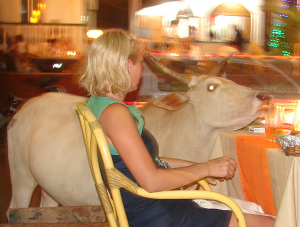
The Sanctity of Life doctrine is false – it’s a sacred cow that needs killing.
Off the Grid. Jesse Ventura says Legalise Marijuana!
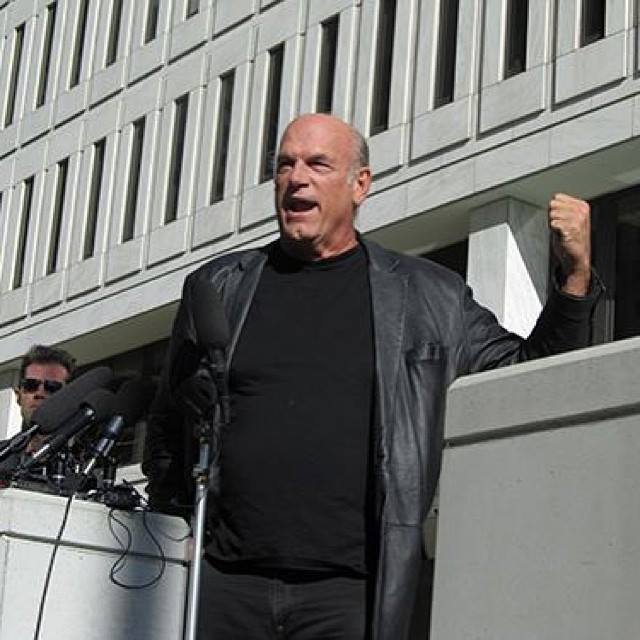
This was on Jesse Ventura’s facebook page…
One does not simply brand cigarettes
I read this in the news last week.
Cigarette plain packaging closer
New Zealand has the “sovereign right” to protect its citizens and will not be told what to do by tobacco companies, Tariana Turia says, as plain packaging of cigarettes passed its first hurdle.
Last night Turia, Associate Minister of Health, introduced the Smokefree Environments (Tobacco Plain Packaging) Amendment Bill into Parliament, and it passed its first vote by 118 votes to one.
It has now been referred to the Health Select Committee for public consultation. National, Labour, the Greens are all supporting it, while New Zealand First was expected to support it at least through to select committee.
Eventually the legislation would see all branding removed from all tobacco products, aside from the name of the variation in small plain type, with large warnings about the risks posed by smoking.
Turia said that despite legal challenges to similar measures across the Tasman, she was confident it met New Zealand’s international obligations.
Mandatory plain packaging is the latest government intervention to stop people smoking.
I’m against it. It’s creeping totalitarianism!
The tobacco industry is against it. British American Tobacco spokeswoman Susan Jones says
Plain packaging constitutes a severe restriction on the use of our intellectual property, including trademarks. This is a huge concern to us, as it would be to any business, because the effect is to render our trademarks unusable.
John Banks is against it. He says
I don’t believe the State should seize property rights from legitimate companies selling legitimate products
What I find particularly interesting is that Jones and Banks both make their argument against plain packaging on the basis of intellectual property rights, specifically trademarks. But there are no intellectual property rights! Or, there shouldn’t be!
There’s no doubt that the introduction of private property was hugely civilising. Property rights in the tangible fruits of one’s labours means that one’s possessions are legally secure. Whereas, before the invention of private property, one could walk into stores and just take things, now it’s theft!
Privatisation of land also seems to me to have been a good idea. (Not according to the geolibertarians.) But should we privatise everything? Should we privatise the whales? Should we privatise business names and logos? Should we privatise inventions? Should we privatise stories? Should we privatise air? Should we privatise the Moon?
Please understand that what constitutes private property is a system of restrictions, authorised and enforced by government, on who may do what with certain things. For example, making it illegal for anyone except the R. J. Reynolds Tobacco Company to use the word ‘camel’ and a picture of a camel in certain contexts is what constitutes the company’s intellectual property in the Camel trademark. To own a trademark is to restrict everyone else’s freedoms, e.g., to restrict their freedoms to talk about and draw camels.
Getting the government to restrict other people’s freedoms to use words, images and ideas is tantamount to theft and anathema to this libertarian.
Jones complains that plain packaging constitutes a severe restriction on the use of British American Tobacco’s intellectual property. Of course, it does. But here’s the irony. The very existence of a British American Tobacco trademark is constituted by severe restrictions on everyone else’s use of what previously they could freely use. Now it’s not simply everyone else whose freedoms are restricted. It’s everyone whose freedoms are restricted, including British American Tobacco. It’s now illegal for anyone to use the word ‘camel’ and a picture of a camel in certain contexts. One law for all!
I don’t think much of the trademarks argument put forward by Jones and Banks. The government giveth and the government taketh away. Problem?
A government big enough to give you everything you want is a government big enough to take from you everything you have.
What is this that stands before me?
Still falls the rain,
the veils of darkness shroud
the blackened trees, which,
contorted by some unseen
violence, shed their tired
leaves, and bend their boughs
toward a grey earth of severed
bird wings. among the grasses,
poppies bleed before a
gesticulating death, and young
rabbits, born dead in traps,
stand motionless, as though
guarding the silence that
surrounds and threatens to engulf
all those that would listen.Mute birds, tired of repeating
yesterdays terrors, huddle together
in the recesses of dark corners,
heads turned from the dead, black
swan that floats upturned in a
small pool in the hollow.there emerges from this pool
a faint sensual mist, that
traces its way upwards to
caress the chipped feet of
the headless martyr’s statue, whose
only achievement was to die to
soon, and who couldn’t wait to
lose.the cataract of darkness form
fully, the long black night begins,
yet still, by the lake a young girl waits,
unseeing she believes herself unseen,
she smiles, faintly at the distant
tolling bell, and the still falling rain.
On Friday 13 February 1970 Black Sabbath released their eponymous debut album.
Heavy metal is 44 years old today! 🙂
http://www.youtube.com/watch?v=h4m79oGDT_I


